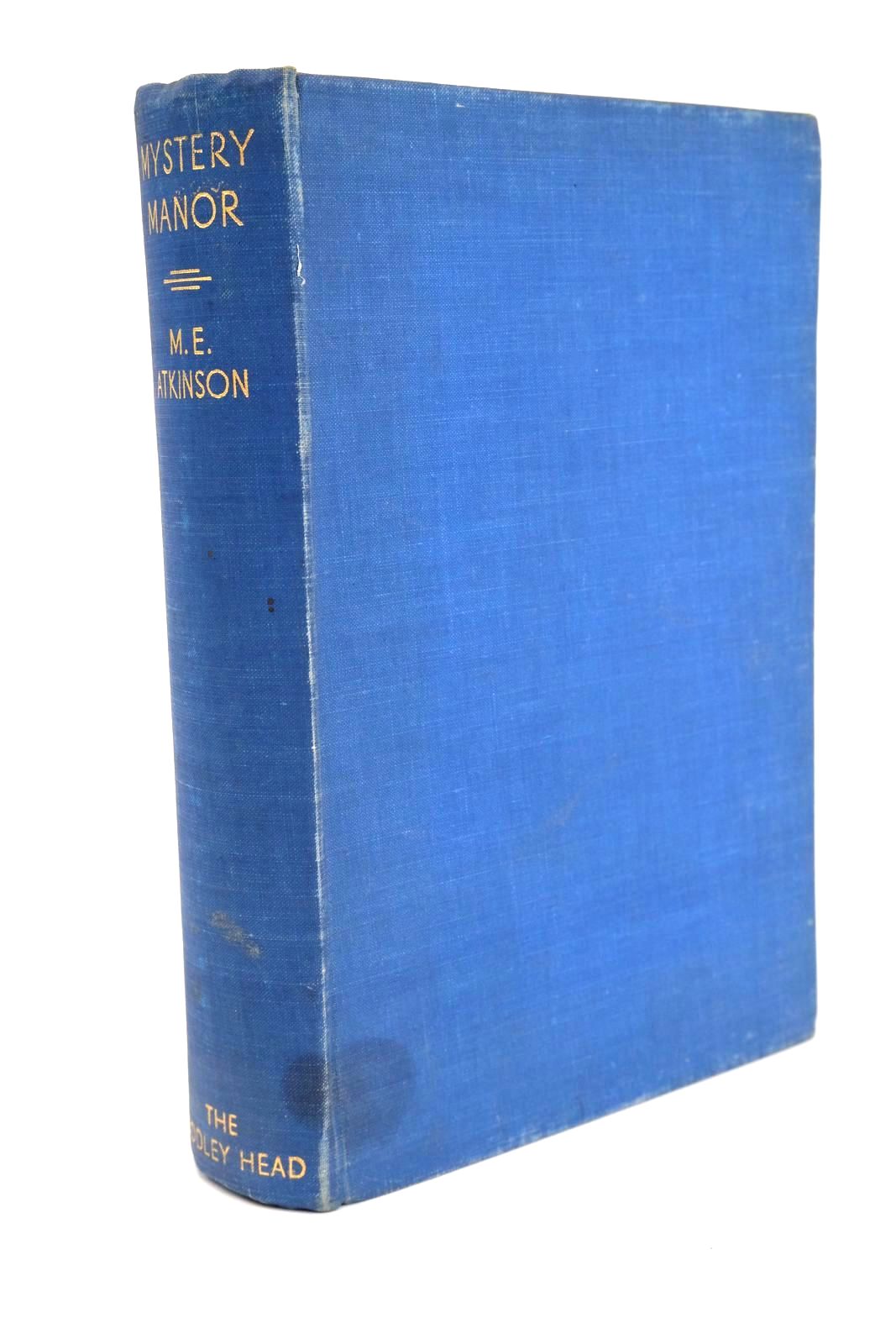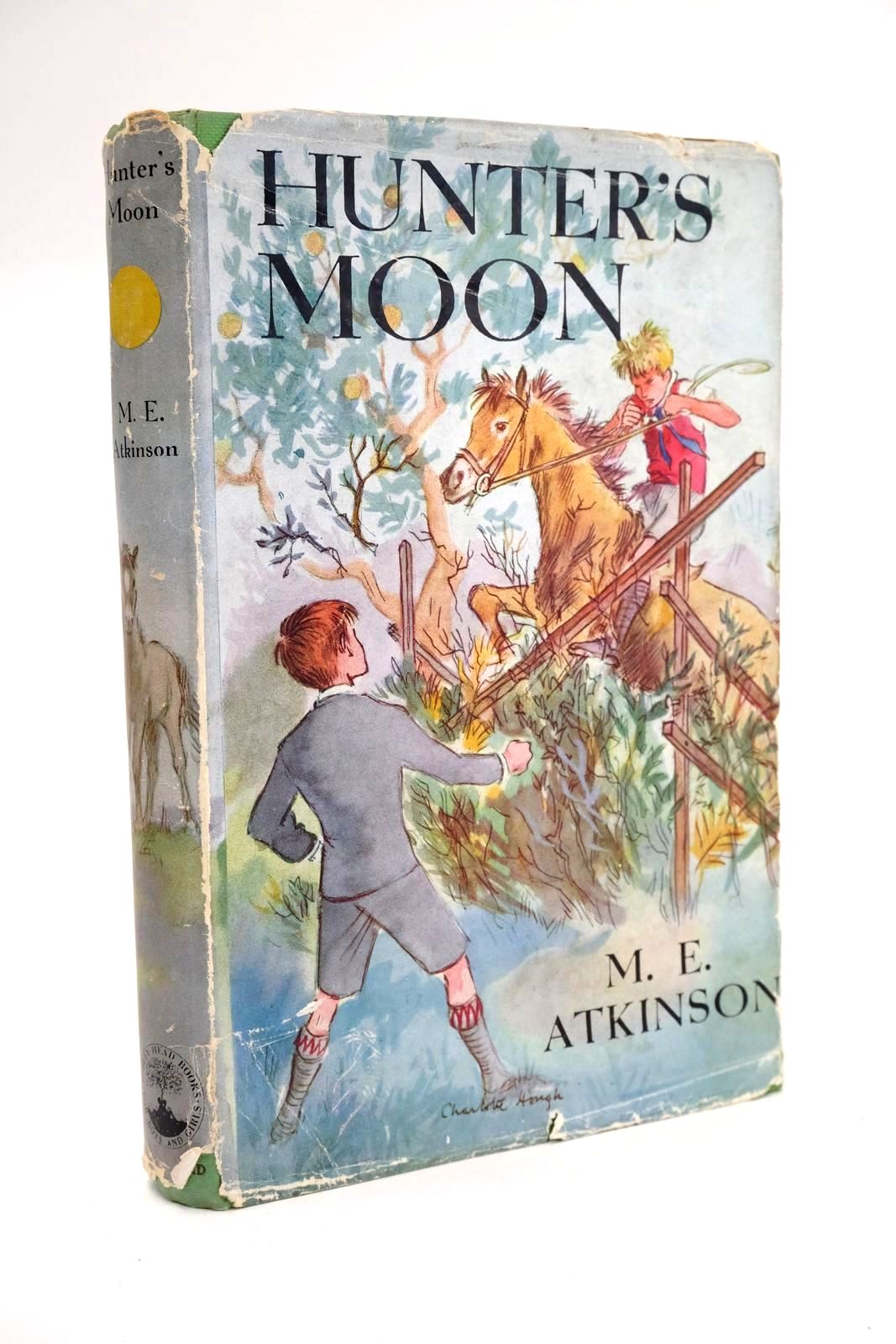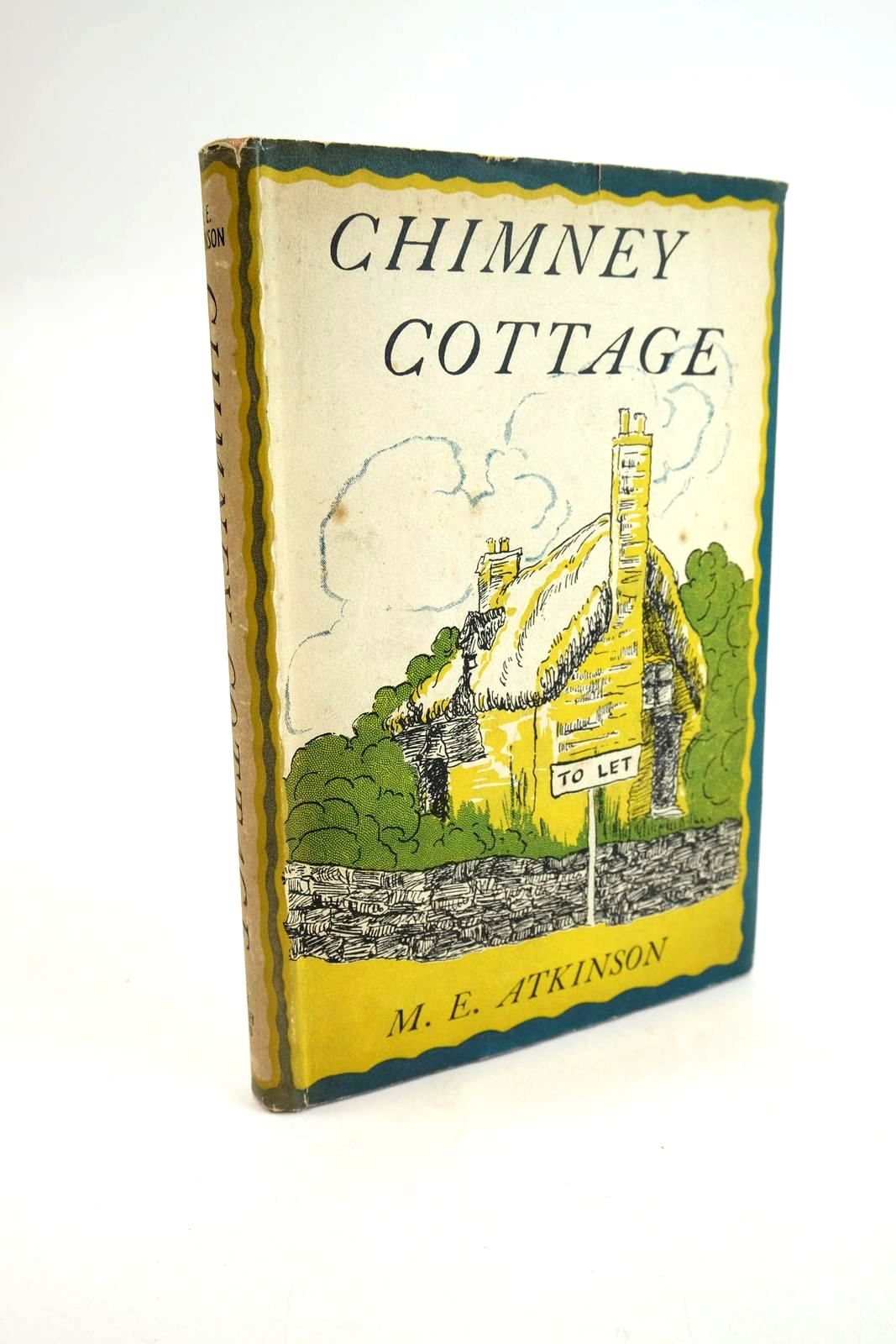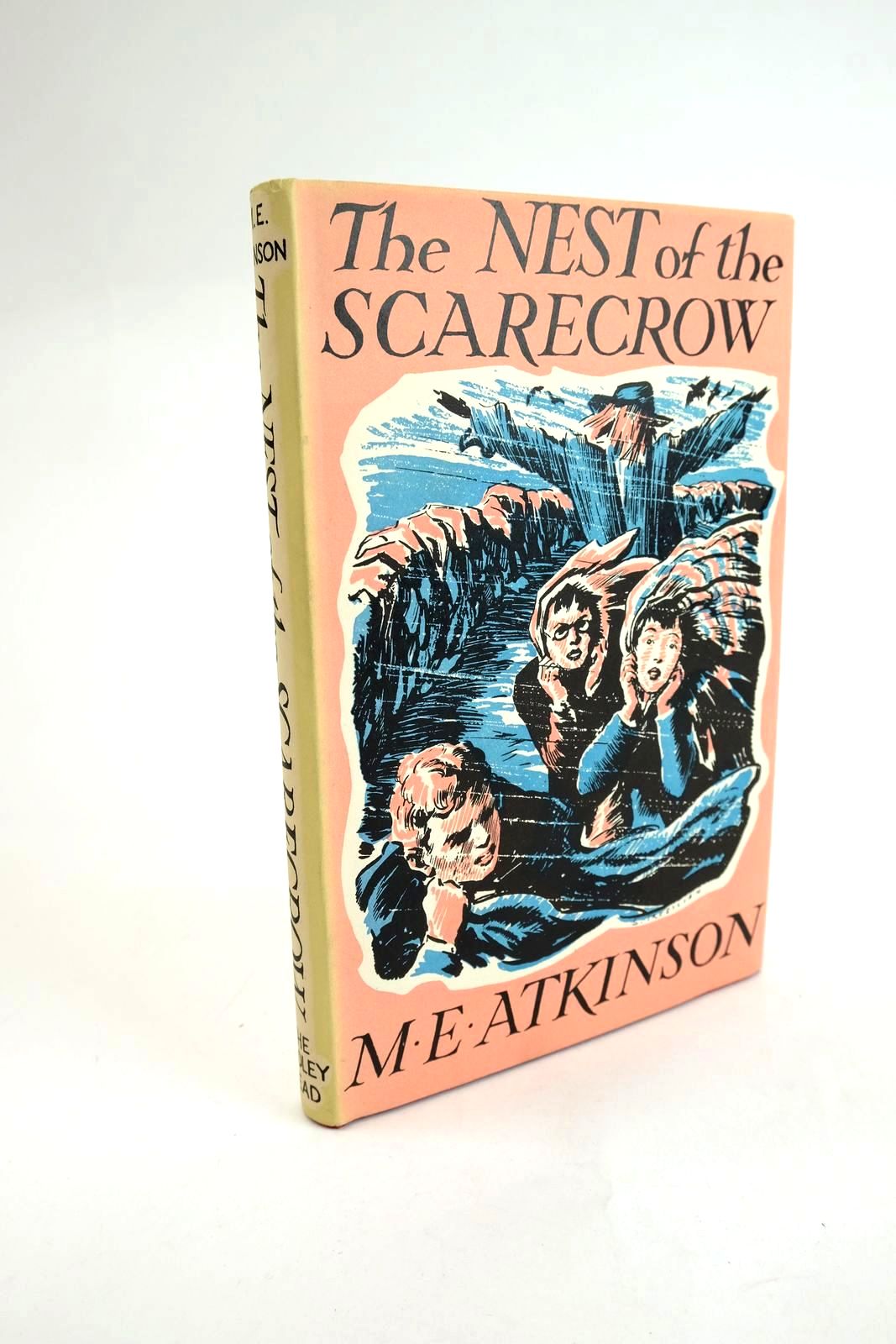Characters in Childrens Books and Television Shows
In the office upstairs at Stella Books, we're always keeping an eye out for any book-related news.
This month, one such article was kept from a recent newspaper. It was about Gordon Murray, who sadly died on 30th of June 2016. Now, if you had said to me 'Gordon Murray' I wouldn't have known who you were talking about! However, looking at the article, I definitely recognized the popular children's characters in the photos that went along with the article.
Gordon Murray (born 3rd May 1921), was possibly most well known for his contribution to children's TV in the 1950s and 1960s. He first helped out on a number of shows with the BBC, including 'The Flowerpot Men' (featuring everyone's favourite characters Bill and Ben!); originally read aloud on the radio programme, Listen With Mother (1951), but subsequently broadcast from 1952 as a TV show on 'Watch With Mother'.



In 1955, Murray was taken on officially as a producer for children's TV. Probably his most famous creations (and the characters I recognized in the article) were the puppets that inhabited the fictional Trumptonshire and surrounding areas. First was 'Camberwick Green' (1966), then he introduced 'Trumpton' (1967) and finally in the trilogy came 'Chigley' (1969). Only 13 episodes of each series were produced, but as with many other similar programmes, they were repeated many times.
I have to admit that I don't remember the characters from the TV series (a little before my time) - but was rather introduced to them through the books that were published subsequently. However, this got me to thinking about shows I DID remember watching - and which came first - the book or the TV show? Also - how many of these programmes used the 'stop-motion'* technique with the puppets? Or original marionettes**.
* Stop-motion (also known as stop-frame) technique - dolls with moveable joints or figures (often clay), are pictured and then moved a minuscule amount and another picture is taken. At the end, the pictures are all run together in sequence, so that you can 'see' the movement of the characters. A very time consuming technique, but before the days of computer generated images, this was one of the best ways of 'animation' - especially for children's programmes.
On looking into this technique, it was interesting to see how far back it was introduced and used. There is a record of it being used in 1898 for 'The Humpty Dumpty Circus'. Many famous films were also made possible using this technique - for example 'King Kong' (1933) and 'Jason and the Argonauts' (1963).
** Marionettes - These are puppets with strings (or wires) attached, and are controlled from above (or horizontally) by a skilled puppeteer. Much older than stop-motion technique – marionettes are said to have been used in ancient Greece and has been a popular form of entertainment through the ages.
Probably the characters I would think of when you say puppets, would be 'Andy Pandy', 'Pinocchio' and the seaside favourite 'Punch and Judy'.



Characters in Books First!:
From the TV shows I remember from my childhood, below is a list of the characters that first appeared in books.
Noddy – was first introduced to us by Enid Blyton in 1949, with the book 'Noddy Goes to Toyland'. First TV series was 'The Adventures of Noddy' in 1955, using marionettes. Noddy has been continued on TV in various forms up until today.
The Wombles – first appeared in a series of books by Elizabeth Beresford, with 'The Wombles' being published in 1968. These were adapted into a British children's television programme, The Wombles, which consisted of a series of five-minute episodes, using the stop-motion technology. The first series aired in 1973 and the second in 1975, with sixty episodes in all.
Paddington Bear – First brought to us in a series of books written by Michael Bond – 'A Bear Called Paddington' first published in 1958. A BBC TV series was first aired in 1975. In these episodes, Paddington was the only stop-motion character in 3-d, while all other characters and backgrounds were in 2-d. Now made into a popular film (2014).
Interestingly, Paddington was also used by a Building Society as a novel way for children to start saving. I remember having one of these Paddington Bear money boxes which could only be opened when we went into a branch!
Thomas the Tank Engine Series or 'The Railway Series' by Rev. W.A. Awdry. Thomas did not appear in the first title in the series ''The Three Railway Engines'. The author created the 'Thomas' character based on a wooden toy belonging to his son, Christopher, and made-up the stories to go along with the toy. His wife encouraged him to get the stories published.
Thomas appeared in the second title in The Railway Series. Eventually coming to screens in the1980s (after a false start in the 1950s), when moving models were seen as the way to go. The locomotives and vehicles were operated by radio, whilst other characters (humans and animals) were stationary. Occasionally stop-motion was used for movement and interaction of some human characters.
Thomas & Friends have been a TV must for many generations of viewers from the 1980s to present and for those who originally loved the books!
Clangers - first seen in the book 'Noggin and the Moonmouse', was later developed into a full children's series for TV using stop-motion technique by Oliver Postgate and Peter Firmin, with music by Vernon Elliott. The series ran from 1969-1972. A new series in 2015 was produced, still using the stop-motion technique.
Characters Where Books Came Later:
In no particular order – just as I remember them:
Sooty – a hand-puppet bought by Harry Corbett for his son Matthew Corbett in 1948. First seen in 1952 on BBCs Talent night. Has been on various shows, including his own since the 1950s. In Stella and Roses books, we see the 'Sooty' books and annuals.
Andy Pandy – In 1950, marionettes were used for the show originally broadcast in black and white, narrated by Maria Bird. A new series was brought to another generation in the 1970s, again using puppets. In 2002, 52 episodes were produced, but this time using stop-motion technique.
Different Andy Pandy titles have been published – most by Maria Bird. I especially remember the 1970s titles published by Brockhampton Press, with blue spines and bright front covers. There have also been annuals and pop-up books.



Thunderbirds – This used Supermarionation, (a form of electronic marionette puppetry), combined with scale model special effect sequences. The Thunderbirds were brought to us by Gerry and Sylvia Anderson It was produced between 1964 and 1966. 5, 4, 3, 2, 1,....
Magic Roundabout - was a French-British animated TV programme for children. Created by Serge Danot in 1963, with the help of Ivor Wood and Wood's French wife, Josiane. The series was originally broadcast from 1964 to 1971 in France.
The series didn't come to the UK until 1965, after the BBC, using the original stop-motion animation footage, got Eric Thompson to create all-new English scripts to go along with the footage, which didn't necessarily equate to the original French versions.
A firm favourite with the staff at Stella and Roses books (yes, Chris and Cliff DID name their mobile home and vehicles after characters from this series!).
The Flumps – This show used stop-motion technique. It featured a family of furball-type creatures. It was first shown in late 1970s (76/77) and consisted of only 13 episodes, but repeated on TV many times!
Bertha (one of my absolute favourites!) A programme that used stop-motion technology. It was about a factory machine bearing that name, who used to create whatever she was programmed to make, usually with some problems along the way. One of the catchiest theme tunes of all-time, in my opinion! There were only 13 episodes that aired from 1985 to 1986. The programme was designed and produced by Ivor Wood.
A series of books were produced and published around the same time, to go along with the TV programme.
Bagpuss – Who doesn't remember the lovable 'Old Furry Cat Puss', who awoke each time after Emily had left the shop? The show was created using Stop-frame/or Stop-motion technique. Made by Peter Firmin and Oliver Postgate. The series of 13 episodes was first broadcast in 1974 and was repeatedly shown again over next 13 years.
It appears that only 8 'Bagpuss' books were ever published, including 3 annuals.



Button Moon - originally this was conceived as a puppet show (1978), but was produced as a children's TV show. Using marionettes, the show featured Mr. And Mrs. Spoon, their daughter Tina and friend Eggbert. In many episodes, Mr. Spoon would travel to Button Moon and back in the homemade spaceship (a present from Mrs. Spoon). Look carefully for all the kitchen items that you can find! The first series, broadcast in 1980 was 13 episodes. However, by 1988 when the show was discontinued, a total of 91 episodes had been produced.
Postman Pat – Originally a children's TV series using stop-motion technique, directed by Ivor Wood. First series of 13 episodes aired in 1981. Main character was Pat Clifton who delivers post to people in the fictional village of Greendale. A second series was produced in 1990s, where Pat now had a family (not just Jess the cat!).
Fireman Sam – Was an idea of two ex-firemen. The first series was show on S4C in 1987 and then later redubbed in English and shown on BBC 1. From 1987-2005 stop-motion technique was used to bring Sam and the characters of Pontypandy to life. Since 2008 CGI has used for this ever popular programme.
So - how many programmes from your childhood can you remember? And which came first – the books or the TV show?
Happy reminiscing!
Contributed by Joanne Hill
(Published on 17th Aug 2016 )













